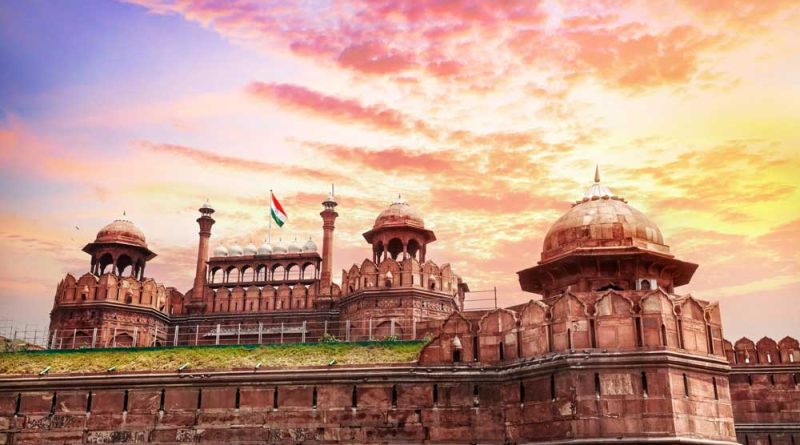Exploring the Different Types of Indian Visas: A Comprehensive Guide
Introduction
India, with its rich cultural heritage, historical sites, and diverse landscapes, is a popular destination for travelers from around the world. If you are planning a visit to India, it is essential to understand the different types of visas available to enter the country. This article serves as a comprehensive guide to the various types of Indian visa, providing you with the necessary information to choose the right visa category for your purpose of travel.
1. Tourist Visa
A tourist visa is the most common type of visa for travelers visiting India for leisure, sightseeing, or visiting friends and family. It allows for a temporary stay in India for tourism purposes. The tourist visa is usually valid for multiple entries and has a maximum duration of six months.
2. Business Visa
A business visa is issued to individuals traveling to India for business-related activities such as meetings, conferences, trade fairs, or establishing business connections. The business visa is suitable for those who intend to engage in commercial activities but not gain employment in India. The duration of a business visa varies based on the purpose and can be valid for up to five years.
3. Medical Visa
A medical visa is specifically designed for individuals seeking medical treatment in India. It is granted to patients, their attendants, or those accompanying them for medical purposes. The medical visa allows for multiple entries and is typically valid for the duration of the treatment or for one year, whichever is shorter.
4. Student Visa
Students planning to pursue academic studies in India must obtain a student visa. This visa allows for entry into India for the purpose of studying at recognized educational institutions. The student visa is typically granted for the duration of the academic course and can be extended as needed.
5. Employment Visa
An employment visa is required for individuals seeking employment or engaging in paid work in India. This type of visa is typically issued to skilled professionals, foreign nationals employed by Indian companies, or individuals working in specific sectors such as IT, engineering, or research. The employment visa is valid for the duration of the employment contract or up to five years, depending on the circumstances.
6. E-Visa
The Indian government introduced e-visas to simplify the visa application process for certain nationalities. The e-visa is an online visa that allows for short-term visits to India for purposes such as tourism, business, or medical treatment. It is available for select countries and has specific entry and duration restrictions.
7. Conference Visa
A conference visa is granted to individuals attending conferences, seminars, or workshops in India. This visa is issued for the sole purpose of participating in the specified conference and is typically valid for the duration of the event.
8. Research Visa
Researchers, scholars, and professors planning to conduct research or teaching assignments in India can apply for a research visa. This visa allows for an extended stay in India for research or academic purposes and is typically granted for a specific duration.
Conclusion
When planning a trip to India, understanding the different Indian visa types of visas available is crucial to ensure a smooth entry into the country. Whether you are visiting for tourism, business, education, or medical reasons, selecting the appropriate visa category is essential. By familiarizing yourself with the visa options outlined in this article, you can make informed decisions and proceed with the visa application process confidently. Remember to consult official government resources or seek professional assistance for the most up-to-date information and guidance throughout the visa application process.




